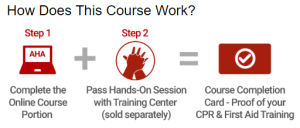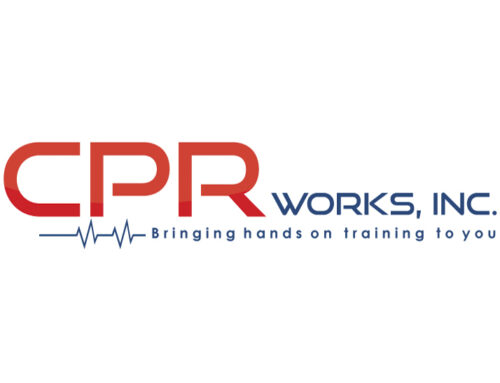When it comes to life-saving skills and certifications, the American Heart Association (AHA) has long been a trusted source of training for healthcare professionals, first responders, and even laypersons. Traditionally, AHA courses were offered in a classroom setting, but with the advent of technology, they’ve introduced blended learning options. These combine online coursework with in-person skills assessment. Here, we’ll explore the pros and cons of blended American Heart Association training.
Pros:
- Flexibility: Blended training allows participants to complete much of the coursework online, which means they can learn at their own pace. This flexibility is particularly beneficial for individuals with busy schedules, making it easier for them to acquire essential life-saving skills.
- Cost-Effective: Online modules often cost less than traditional classroom instruction. This makes AHA training more accessible to a wider range of individuals, ensuring that more people are equipped with the knowledge and skills to respond to cardiac emergencies.
- Self-Paced Learning: Blended courses enable learners to review materials as many times as they need to grasp the concepts. This self-paced approach is especially advantageous for those who may struggle with certain aspects of CPR or first aid techniques.
- Reduced Classroom Time: In-person skills assessment typically takes less time than a full course, which means learners spend less time in a classroom setting. This can be a significant advantage for those who prefer hands-on practice over theory.
Cons:
- Lack of Immediate Feedback: In a traditional classroom, instructors can provide immediate feedback, correcting mistakes and ensuring learners understand the material. Online modules can’t offer the same level of personal guidance, potentially leading to misunderstandings or bad habits in practice.
- Limited Social Interaction: The classroom environment allows participants to interact, ask questions, and share experiences. In a blended course, this interaction is limited to the skills assessment portion, potentially leaving learners feeling isolated.
- Dependence on Self-Motivation: Online learning requires self-discipline and motivation. Some individuals may struggle to complete the online portion of the course without the structure and accountability of traditional classroom training.
- Cost: Blended Training often costs more due to the required Online modules. This makes AHA training more accessible to a wider range of individuals, ensuring that more people are equipped with the knowledge and skills to respond to cardiac emergencies.
- In conclusion, blended American Heart Association training offers a flexible and convenient way to acquire life-saving skills. However, it may not be the best fit for everyone, as it lacks some of the immediate feedback and social interaction found in traditional classroom settings. The decision to opt for blended training or traditional classes should depend on an individual’s learning style, schedule, and the importance of having face-to-face instruction in their CPR and first aid training. We hope our article on The Pros and Cons of Blended American Heart Association Training was informative for you.
We offer AHA Blended Training in the following markets:
CHARLOTTE MARKET
- Charlotte
- Rock Hill
- Gastonia
- Concord
- Cornelius
- Monroe
- Harrisburg
- Matthews
- Mint Hill
- Fort Mill
- Indian Land
- Kannapolis
- Belmont
WILMINGTON MARKET
- Wilmington
- Jacksonville
- Shallotte
- Carolina Beach
- Surf City
- Hampstead
- Sneads Ferry
- Leland
- Southport
MYRTLE BEACH MARKET
- Myrtle Beach
- North Myrtle Beach
- Surfside Beach
- Myrrells Inlet
- Conway
- Ocean Isle Beach






Leave A Comment